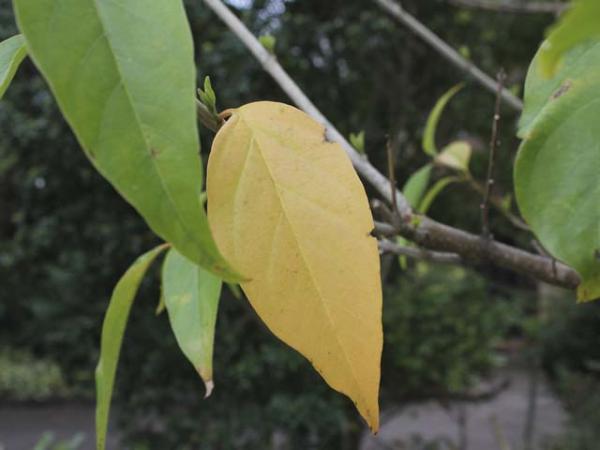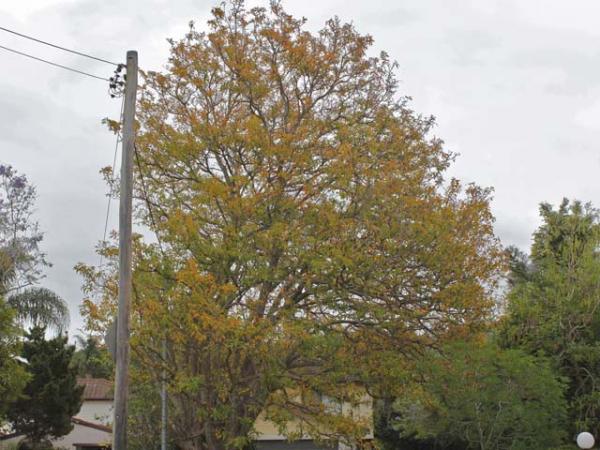Array
(
[0] => Array
(
[id] => 199
[is_published] => 1
[websiteID] => 5
[url] => /gardening/gymea-lilies.php
[page_status] => Published
[number_of_ads] => 5
[can_use_editor] => 1
[last_modified_date] => 2013-09-16 00:00:00
[last_modified_by] => Alan
[checked_for_duplicate_content] =>
[title] => Gymea Lilies - Doryanthes excelsa
[heading] => Gymea Lilies - Doryanthes excelsa
[meta_description] => Everything about the Gymea lily (Doryanthes excelsa) is larger than life. The bold foliage can reach over four metres in height and some majestic flower stems can reach over ten metres tall.
[article_category_1] => Gardening
[article_category_2] =>
[article_category_3] =>
[article_category_4] =>
[article_category_5] =>
[business_category_1] => Landscaper
[business_category_2] => Nursery
[business_category_3] => Garden Designer
[business_category_4] => Landscape Architect
[business_category_5] =>
[number_of_google_mrecs] =>
[show_google_ad_bottom_of_page] =>
[show_get_quotes_top_of_page] =>
[show_get_quotes_rhs_of_page] =>
[show_directory_search_widget] =>
[show_trending_content_widget] =>
[show_facebook_widget] =>
[show_further_reading_section] => 1
[show_sponsors_section] => 0
[show_top_article_ad] => 1
)
[1] => Array
(
[id] => 8
[is_published] => 1
[websiteID] => 5
[url] => /landscaping/choosing-a-fence.php
[page_status] => Published
[number_of_ads] => 4
[can_use_editor] => 1
[last_modified_date] => 2013-09-10 00:00:00
[last_modified_by] => Alan
[checked_for_duplicate_content] =>
[title] => How to choose a new fence
[heading] => How to choose a new fence
[meta_description] => Five important tips on how to choose a fence.
[article_category_1] => Landscaping
[article_category_2] =>
[article_category_3] =>
[article_category_4] =>
[article_category_5] =>
[business_category_1] => Landscaper
[business_category_2] => Nursery
[business_category_3] => Garden Designer
[business_category_4] => Landscape Architect
[business_category_5] =>
[number_of_google_mrecs] => 1
[show_google_ad_bottom_of_page] => 1
[show_get_quotes_top_of_page] => 1
[show_get_quotes_rhs_of_page] => 1
[show_directory_search_widget] => 1
[show_trending_content_widget] => 1
[show_facebook_widget] => 1
[show_further_reading_section] => 1
[show_sponsors_section] => 0
[show_top_article_ad] => 1
)
[2] => Array
(
[id] => 210
[is_published] => 1
[websiteID] => 5
[url] => /gardening/top-ten-native-plants.php
[page_status] => Published
[number_of_ads] => 5
[can_use_editor] => 1
[last_modified_date] => 2013-09-16 00:00:00
[last_modified_by] => Alan
[checked_for_duplicate_content] =>
[title] => top ten native plants
[heading] => Top ten native plants
[meta_description] => Native plant specialist Angus Stewart's top ten native Australian plants
[article_category_1] => Gardening
[article_category_2] =>
[article_category_3] =>
[article_category_4] =>
[article_category_5] =>
[business_category_1] => Landscaper
[business_category_2] => Nursery
[business_category_3] => Garden Designer
[business_category_4] => Landscape Architect
[business_category_5] =>
[number_of_google_mrecs] =>
[show_google_ad_bottom_of_page] =>
[show_get_quotes_top_of_page] =>
[show_get_quotes_rhs_of_page] =>
[show_directory_search_widget] =>
[show_trending_content_widget] =>
[show_facebook_widget] =>
[show_further_reading_section] => 1
[show_sponsors_section] => 0
[show_top_article_ad] => 1
)
[3] => Array
(
[id] => 486
[is_published] => 1
[websiteID] => 5
[url] => /landscaping/bullet-proof-landscape-plants.php
[page_status] => Published
[number_of_ads] => 1
[can_use_editor] => 1
[last_modified_date] => 2013-09-18 00:00:00
[last_modified_by] => Alan
[checked_for_duplicate_content] =>
[title] => Bulletproof landscape plants
[heading] => Bulletproof landscape plants
[meta_description] => Not all plants are equal. Many require the soil and climate (amongst other things) to be 'just right'. The plants described in this article are the ones that deserve the title of 'bulletproof' and are a good starting point for an easy-care garden.
[article_category_1] => Landscaping
[article_category_2] =>
[article_category_3] =>
[article_category_4] =>
[article_category_5] =>
[business_category_1] => Landscaper
[business_category_2] => Garden Maintenance
[business_category_3] => Garden Supplies
[business_category_4] => Garden Designer
[business_category_5] => Garden Tools
[number_of_google_mrecs] => 1
[show_google_ad_bottom_of_page] => 1
[show_get_quotes_top_of_page] => 1
[show_get_quotes_rhs_of_page] => 1
[show_directory_search_widget] => 1
[show_trending_content_widget] => 1
[show_facebook_widget] => 1
[show_further_reading_section] => 1
[show_sponsors_section] => 1
[show_top_article_ad] => 1
)
)
Helpful articles
Gymea Lilies - Doryanthes excelsa. Everything about the Gymea lily (Doryanthes excelsa) is larger than life. The bold foliage can reach over four metres in height and some majestic flower stems can reach over ten metres tall.
How to choose a new fence. Five important tips on how to choose a fence.
Top ten native plants. Native plant specialist Angus Stewart's top ten native Australian plants.
Bulletproof landscape plants. Not all plants are equal. Many require the soil and climate (amongst other things) to be 'just right'. The plants described in this article are the ones that deserve the title of 'bulletproof' and are a good starting point for an easy-care garden.
Plant description
Citharexylum spinosum, the fiddlewood tree, is a semi-deciduous tree with dense glossy green leaves and small, fragrant white flowers in summer. In tropical to sub-tropical areas, it tends to be evergreen. It is a fast growing tree, and the leaves turn a pale pink colour in spring, then changing to green. It likes a full sun position, but can tolerate some shade.
Propagate from seed or semi hardwood cuttings.
All parts of the plant are poisonous if ingested.
It is also known as Citharexylum quadrangulare, and Citharexylum fruticosum.
Additional plant information
Flowers
Flower colour: white
Flowering season: summer
Scent
The flowers are fragrant
Plant size
Maximum height: 12 metres
Minimum height: 5 metres
Maximum width: 5 metres
Minimum width: 6 metres
Sunlight, frost & salt tolerance
This plant will tolerate full or partial sunlight.
The frost tolerance of this plant is not specified.
Plant is not salt tolerant.
Fauna attracting?
Yes. Attracts: Bees, insects, butterflies.
Climate
This plant species will grow in the following climates: temperate, subtropical, tropical.
Soil types & conditions
Loam: moist, well-drained.
Clay: moist, well-drained.
Sand: moist.
Soil pH: 6.5-7.8
Miscellaneous information
Planting season: Any.
Types of fertiliser: Good general purpose fertiliser applied in spring.
Find a nursery
Search for another plant


